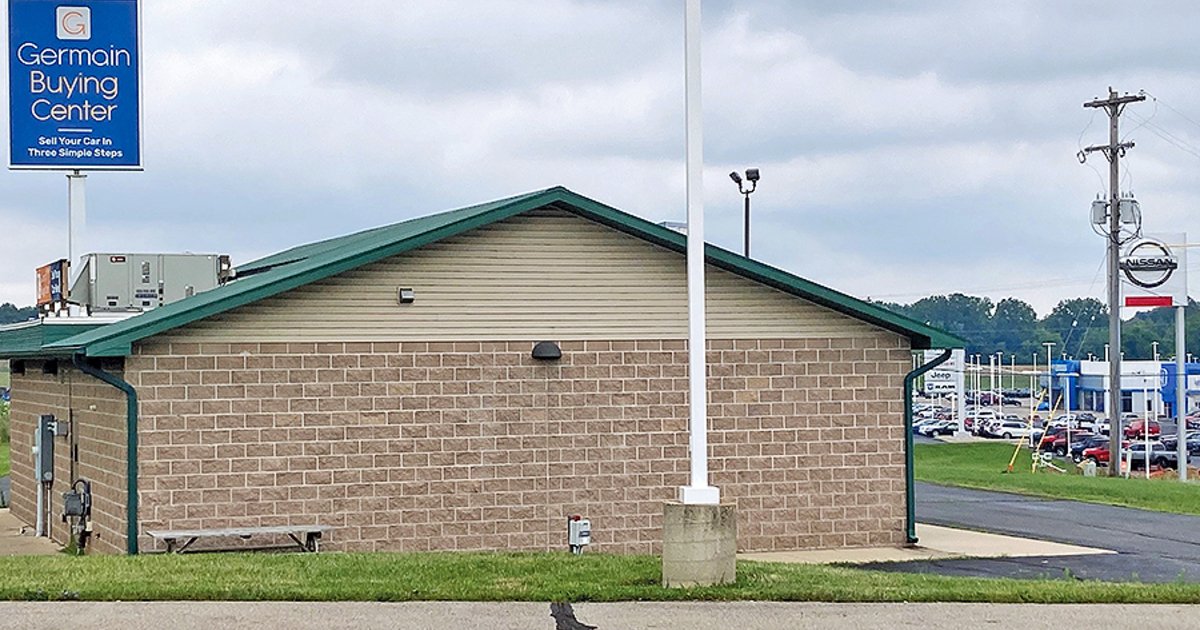
Opening and operating centers dedicated solely to buying used vehicles is helping Germain Motor Co. branch into new markets and acquire more cars and trucks during the inventory pinch that has beset dealers for more than a year.
Prior to the coronavirus pandemic, the Columbus, Ohio-based dealership group revisited its strategy for acquiring used vehicles. Company leaders saw potential in carving out a separate operation — one with employees dedicated to used-vehicle buying, not retail sales. The company’s goal: attract consumers interested only in selling their vehicle for an instant cash offer, not going through a full trade-in process.
Germain opened its first buying centers in Ann Arbor, Mich., and Columbus in 2019. Amid the pandemic and the industry’s ensuing supply constraints, it opened more. Used vehicles sourced from that growing channel are now a staple in Germain’s retail inventory, company leaders say.
“It’s turned out to be an unbelievable part of our business,” said Jim Farkas, Germain’s used-car director and general manager of Germain Honda of Ann Arbor.
In 2021, Germain acquired about 2,700 vehicles through its buying centers. This year, Germain aims to acquire at least 4,000, Farkas told Automotive News. The company currently has 10 buying centers — six in Ohio, two in Michigan, one in Florida and one in Arizona. Two of the centers are standalone buildings; the eight others are integrated with existing Germain dealerships.
Germain’s streak of adding buying centers was fueled in part by its use of Kelley Blue Book’s instant cash offer option for dealers to buy inventory during the pandemic. Germain also zeroed in on the buying centers as a way to get better at acquiring used vehicles in 2021, when it became clear to company leaders that new-vehicle supply was constricting.
“The market environment was perfect” for investing more time, resources and capital into that acquisitions model, Germain COO John Malishenko said. The strategy proved so useful that Germain opened a standalone buying center in Jackson, Mich., in 2020, purely to buy vehicles in an area where it didn’t have an existing franchised dealership, he said.
Farkas suggested the Jackson location after noticing many would-be sellers were within 20 minutes of the area. Some leads pursued by Germain employees in Ann Arbor didn’t work out because folks didn’t want to drive 30 minutes from Jackson to Germain Honda to sell their vehicles.
“We figured opening a point that was closer to where consumers were talking about selling their cars would be better for us,” he said.
The Jackson center conveniently faces a freeway and is adjacent to five competitor-owned franchised dealerships. The location puts it in plain view of the many consumers getting trade offers on their vehicles from those stores. Germain executives, however, said they don’t have a deliberate strategy to locate buying centers near rivals to draw from their traffic.
It became important to Farkas to cater to consumers who want to sell their vehicles “without feeling the pressure” to buy another.
Even the buying centers housed within Germain dealerships are deliberately placed far enough away from the showroom floor to reduce consumer intimidation, Farkas said.
“To a point, it’s on their terms,” he said.
Based on the success in Jackson, Germain in 2021 opened a standalone center in Dayton, Ohio, about 20 minutes from the group’s Honda and Ford dealerships in the market, Malishenko said.
With the buying centers functioning as a viable source of inventory, Germain’s reliance on wholesale auctions has plummeted.
In Michigan, about 44 percent of the used vehicles Germain puts up for retail sale come from the buying centers. Another 42 percent are obtained via trade-ins, with the remainder coming from auctions, Farkas said.
It’s a stark difference from five years ago when the company obtained roughly half its used-vehicle inventory from auctions, Farkas said. Germain was “too reliant on the auction” before it opened dedicated buying centers, Malishenko said.
These days, consumers bring inventory to Germain’s doorstep. Travel and transportation costs are down because employees aren’t going to and from auctions as frequently or shipping vehicles back and forth, Farkas said.
It’s also advantageous because buying center employees are able to more closely examine a vehicle’s condition than they could at a physical auction where vehicles are quickly driven through a lane, he said.
Germain will likely focus on expanding its buying center network and training more employees in the next few years, Farkas said.
“I do anticipate us opening a few more buying centers throughout Michigan, Ohio, Florida and Arizona,” he said.